|
Every week I answer a handful of questions on the website Quora - and this one is one of the ones that pops up the most. Is tarot really evil? Let's explore a bit of the history of tarot, and what it is really all about.... The original question posed by the person was this: Is tarot really considered to be evil? Is it just a myth or is there any evidence to support this? And naturally this brought the religious people out of the woodwork in force. Not that it is bad to have religious opinions, but it bothers me that this is the first thing that people jump to when talking about tarot (and divination in general.) What I find really interesting is that people often don’t realize that when tarot cards were originally invented they were not invented as a device for fortune telling. They were created in the early 14th/15th century as a deck of playing cards used to play the game tarocchini/tarocchi (which is still played sometimes today) which at its heart is a game of collecting points for sets and runs of cards (it sort of reminds me of the game Rummy although I have been told that the way the game is traditionally played is more like Bridge) In those early days the decks were all hand painted and as such would have been more common for wealthy people - and let's face it, wealthy people would have had more time and inclination to play cards, right? Today the oldest surviving tarot cards are the Visconti-Sforza cards from 15th century Italy. They were commissioned by Filippo Maria Visconti, Duke of Milan, and by his successor and son-in-law Francesco Sforza - hence the name. There are about 15 "decks" still around, but not a single one is a complete deck. They reside in museums, libraries and private collections around the world. They highlight the Renaissance period and were veritable works of art in their time (and in my opinion still today!) utilizing lots of color, and also GOLD. This was the period of illuminated manuscripts, and the tarot cards were no exception to this treatment. It wasn’t until the late 18th century that the first decks for the purpose of divination were created. Jean-Baptiste Alliette, a French occultist was the first to really be documented for using tarot cards for divination. He published works about how the cards corresponded to astrology, the elements and even the four humors (which was still very much a thing back then) and in 1788–89? he released a modified tarot deck created specifically for his purposes, which is the basis of the tarot decks of today. Specifically, he advocated use of the piquet deck to which he added one nontraditional card called “Etteilla”. The piquet deck, which was a popular shortened pack typically used for gaming, employed the common French suit system (Clubs, Spades, Hearts, and Diamonds). Piquet was a common game at court, having been played through history by the royals of Spain, France and England. Anne Boleyn was said to be particularly good at the game, as was Elizabeth I. The game of piquet was popular with a wide variety of people through the 18th century and was even considered the "national game of France" up until it fell out of favor after World War II. But back to tarot.... All one has to do is look at the tarot cards to see that they are rich with RELIGIOUS symbolism (consider the time when they were created, when almost all artwork was religious in nature and hand painted to boot!) The High Priestess for example is sitting between the pillars of the Temple of Solomon and holding a Torah on her lap. The Hierophant is often depicted as the Pope, God’s representative on Earth. The card depicts a religious figure that sits in a rather formal environment characteristic for a church. He is wearing three elaborate vestments which are designated to represent the three different worlds. His right hand is properly raised in an act of benediction, a sign of blessing. In his other hand, he carries a triple cross, which is associated traditionally with the pope. Each of the horizontal bars in the cross are thought to represent the Father, the Son and the Holy Ghost. In many of the Lovers cards the figures resemble Adam and Eve, and I have several decks which actually include the Tree of Knowledge and the serpent in this card. Traditionally a benevolent angel looks down in blessing on Adam and Eve figures in the Garden of Eden. Eve stands before the Tree of Knowledge with the serpent and the apples, and Adam stands in front of what could be either the Burning Bush or the Tree of Life. The card of the Lovers can be about love of course, but at it's root it is a card about CHOICE. Honestly I could go on and one about the symbolism in these cards. The Devil card, if examined closely shows that we can resist the devil and his influence at any time and break free. You could argue that the Tower card shows the Tower of Babel which God struck down, and the Star is represented by the Star of Bethlehem. And finally the Judgement card speaks to the final judgement after Armageddon when God will return to earth and pass judgement. When most people start breaking out the Bible verses that condemn divination this is often the first one that comes out: There shall not be found among you anyone who makes his son or his daughter pass through the fire, one who uses divination, one who practices witchcraft, or one who interprets omens, or a sorcerer However, this verse refers to a very particular form of divination involving child sacrifice, not other methods which are practiced openly in the Bible (such as dream interpretation). Human sacrifice is viewed as evil by most religions and, in the Bible, God forbids it after he tests Abraham. Dreams play a small role in the New Testament, although the birth narrative in Matthew 1:20 and 2:13 show dreams playing a central part in determining Joseph's actions. the Bible includes many instances where people have practiced pulling lots, interpreting the weather, interpreting dreams etc. to determine the will of God for themselves. There is a method of divination known as Cledonism. Cledonism is when you hear things which have spiritual significance. Cledonism appears in the Bible and is recommended by God: Whether you turn to the right or to the left, your ears will hear a voice behind you, saying, “This is the way; walk in it.” Those who speak about the Bible condemning the cards should remember that the deck was not invented until centuries AFTER the bible was written. And while there are aspects of the Bible that speak to fortune telling and sorcery being bad, NOT EVERY PERSON follows the Bible or Christianity. There are some 4000 religions around the globe, each with their own set of beliefs. So to tell people that they are engaging in evil, or inviting demons into their life displays an arrogance and a superiority that is astounding. Divination (fortune telling) played a significant role in early Greek civilization (look at how many people visited the Oracle at Delphi for advice!) as well as in the Far East (China primarily) for centuries. Divination was also important in early Muslim history as well. Divination isn’t JUST tarot cards and crystal balls. Joan of Arc, who has been canonized as a Catholic saint, had dreams and visions that guided her to fight the English and see Charles crowned as the French King. In Africa as well as in the Native American tribes of the United States dream walking is a vital part of their religion. Omens and signs are considered part of divination as well, ranging from shooting stars, flocks of birds, even the BURNING BUSH that Moses encountered. The Ancient Maya and Aztec used astrology and the stars to create many of their monuments, as did the Ancient Egyptians. Here are just a few more examples: Alexander the Great’s death was predicted by several omens. Ravens falling dead at his feet as he approached Babylon (the place where he would die), a sacrificed animal whose liver had no lobe, a lion in his menagerie being attacked and killed by a tame ass, and a prisoner, wearing the royal diadem and robes, seated on Alexander’s throne were the omens believed to have predicted Alexander’s death, according to Plutarch. However, it should be pointed out that Plutarch was using this as a tool to point out the dangers of superstitions, “So, you see, while it is a dire thing to be incredulous towards indications of the divine will and to have contempt for them, superstition is likewise a dire thing, which, after the manner of water ever seeking the lower levels, filled with folly the Alexander who was now become a prey to his fears.” Xerxes’s ignorance of bad omens led to a disastrous military expedition in Greece. Apart from the birth of the foal by a mule, other omens foretold the failure of Xerxes’ expedition. These included another unnatural birth – supposedly that of a hare by a horse, and several dreams. Instead of heeding the omens, however, Xerxes ignored them, and invaded Greece. The rest, as they say, is history. Interestingly, in Herodotus’ Histories, it was the Persians, and never the Greeks who did not heed the omens, which inevitably led to disaster. In this respect, The Histories may be seen as a victor’s version of the events that happened, and that the omens were used as a dramatic tool to highlight the predestined failure of the Persian campaign. Nine sparrows that were devoured by a serpent foretold the ten years that will be spent by the Greeks before conquering Troy. The Iliad is filled with omens, as the gods regularly interfered with the affairs of mortals. The said omen took place in Aulis while the Greeks were making sacrifices before setting out for Troy. This can be found in Book II of the Iliad: “A snake, and his back streak red with blood,… He slid from under the altar, glided up the tree and there the brood of a sparrow, helpless young ones, teetered high on the topmost branch-tips, cowering under the leaves there, eight they were all told and the mother made the ninth,…. As the snake devoured the sparrow with her brood,… so we will fight in Troy that many years and then, then in the tenth we’ll take her broad streets.” The fire in the sky that frightened one ruler and inspired another Like solar and lunar eclipses, ancient military leaders also pondered the meaning of comets when they appeared in the heavens. That was certainly the case for Harold II, ruler of England on the eve of the Norman invasion of 1066. When Halley’s comet arrived in the night sky, which was reportedly nearly as bright as the moon, the Anglo Saxon leader and his army believed it was a bad omen. Harold had assumed the throne after the death of Edward the Confessor, much to the outrage of William the Duke of Normandy, who had also claimed the title. The comet’s appearance left Harold with the sinking feeling that the inevitable showdown would end in defeat for his army. On the other side of the channel, William saw the same comet. Instead of being frightened by it, he believed it was a good omen and a message from God to press on with his attack, leading to Harold’s eventual death and William’s control of England. Halley’s Comet appears on the famous Bayeux Tapestry, the 230-foot-long embroidery that chronicles the famous battle. Honestly I could go on forever - I am a history nerd at heart, remember? But at the end of the day I struggle when I see people being so narrow minded about what is essentially 78 pieces of card stock, which have no real power in and of themselves. The power comes from the person interpreting them, and not every tarot reading is done as a “fortune telling” experience. Many people use the cards as a daily meditation or journaling prompt, or even in some cases as a tool for therapy.
So long answer short, no the tarot cards are not evil and there is no proof that they are.
0 Comments
Your comment will be posted after it is approved.
Leave a Reply. |
�
Eva Sawyer24 years of tarot experience, 20 years experience as a mom, and a lifetime of knowledge is just rattling around in here!
|
Photos from shixart1985 (CC BY 2.0), Rosmarie Voegtli, PilTil.com Artist, Drawings, Creative Quotes, Atell Psychic Tarot, lubasi, Prof. Mortel, thegreathorsecigar, shixart1985, www.metaphoricalplatypus.com, foundin_a_attic, Cornelia Kopp, Bob Jenkin, 2tarot.psychic, www.tiket2.com, Atell Psychic Tarot, symphony of love, Guilherme Yagui, Atell Psychic Tarot, shixart1985


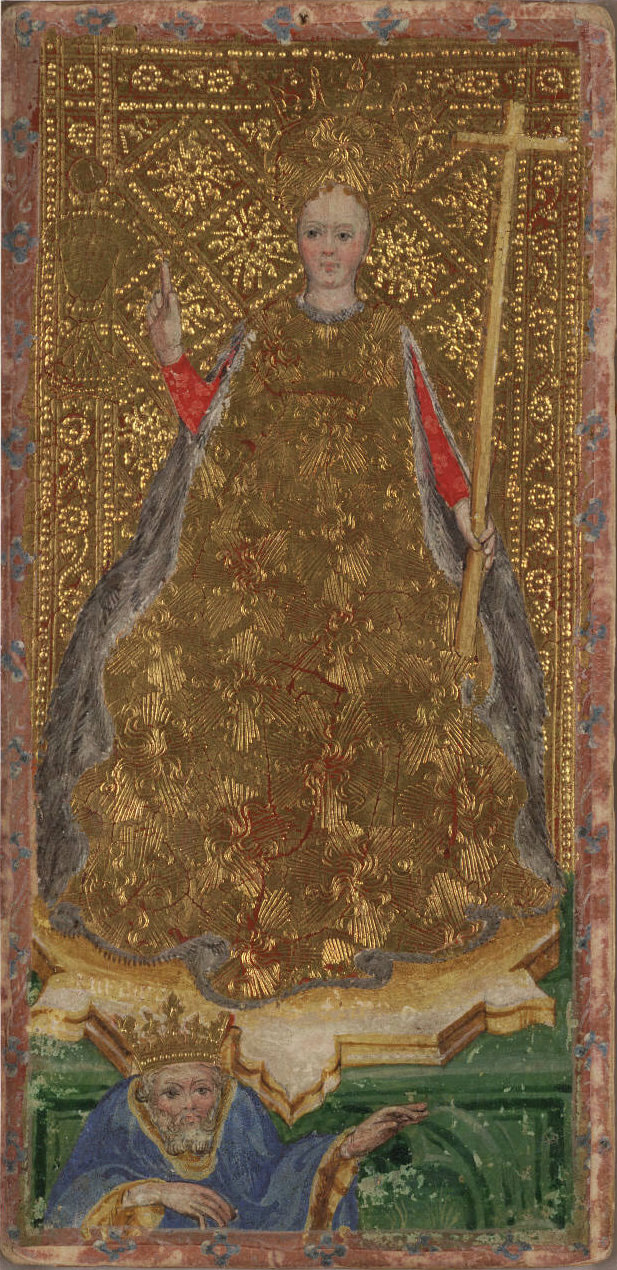

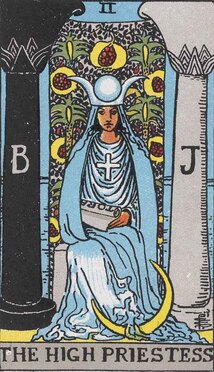

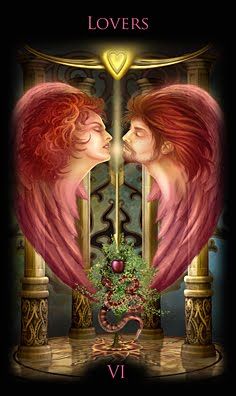
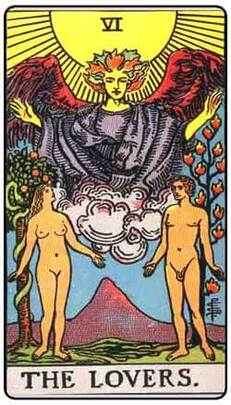

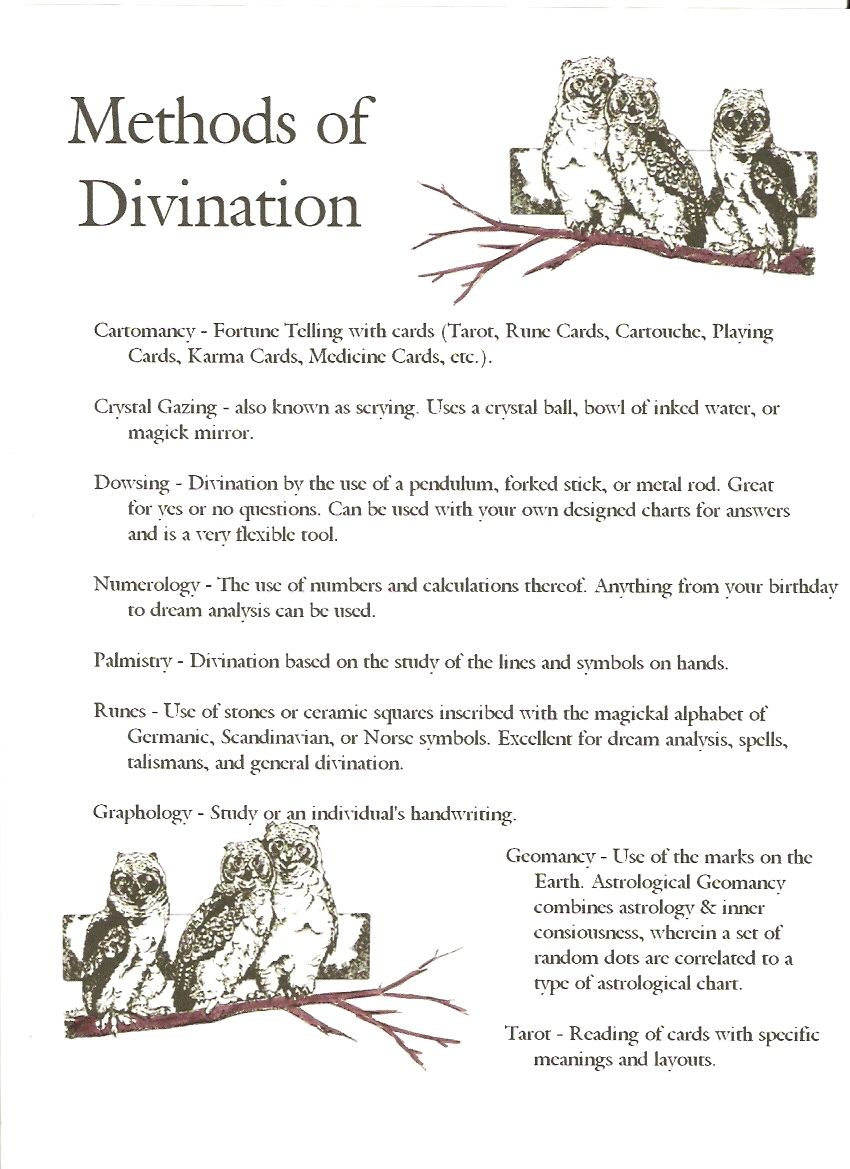
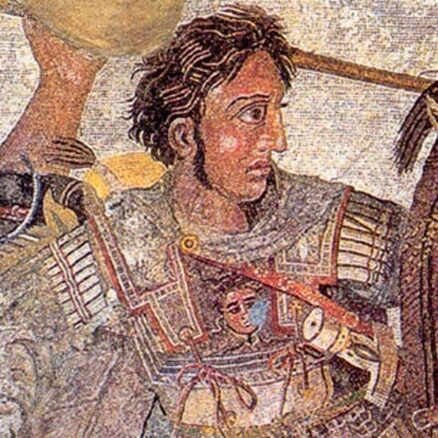
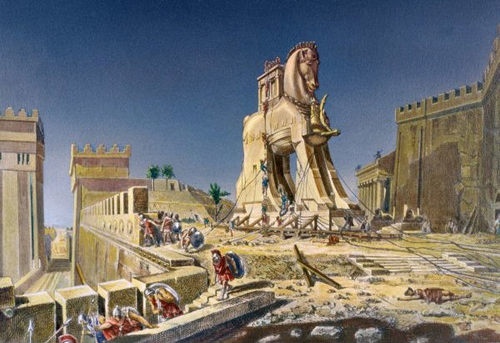

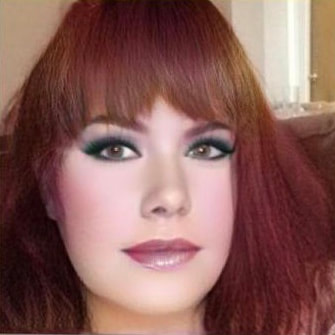
 RSS Feed
RSS Feed
